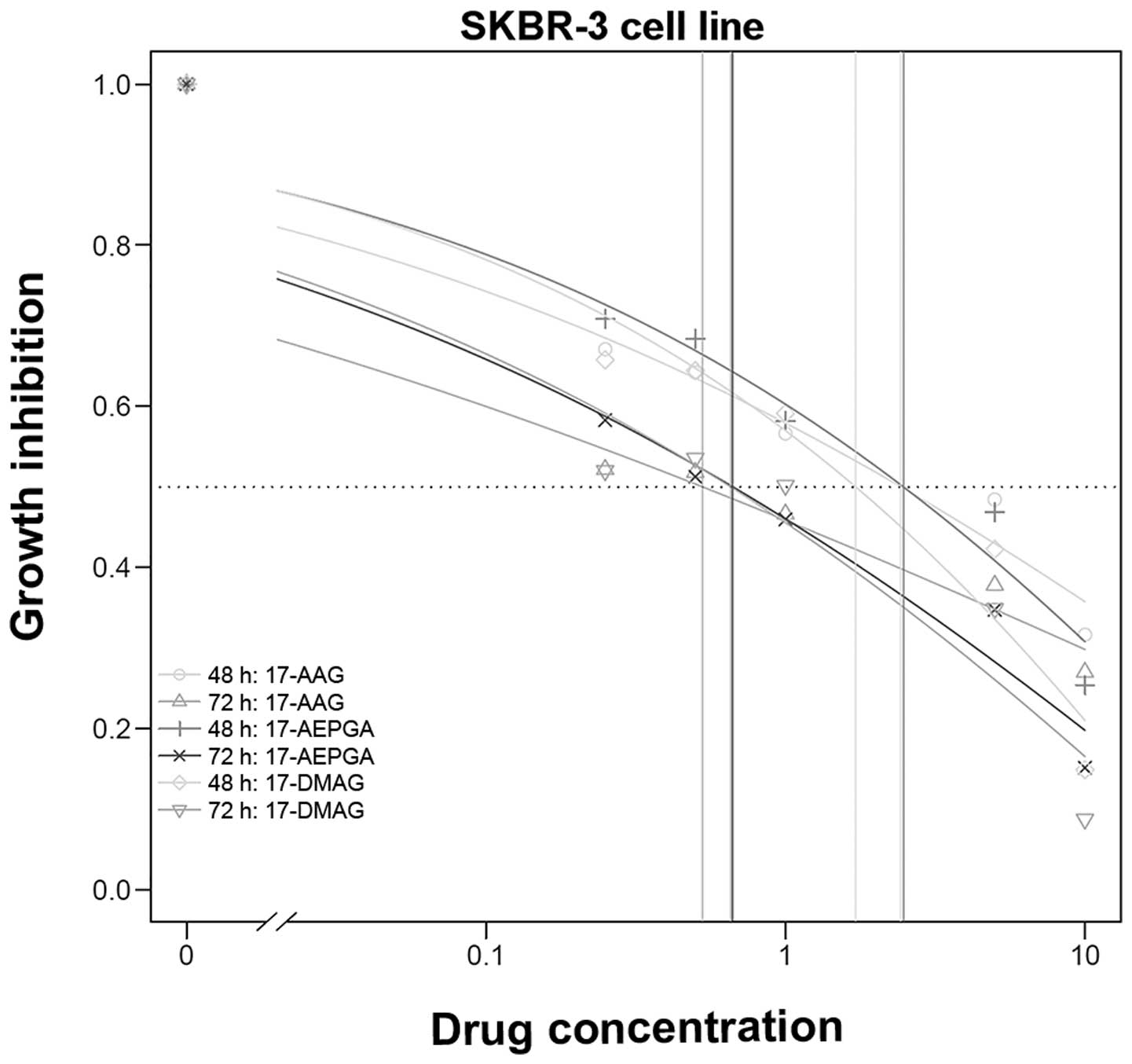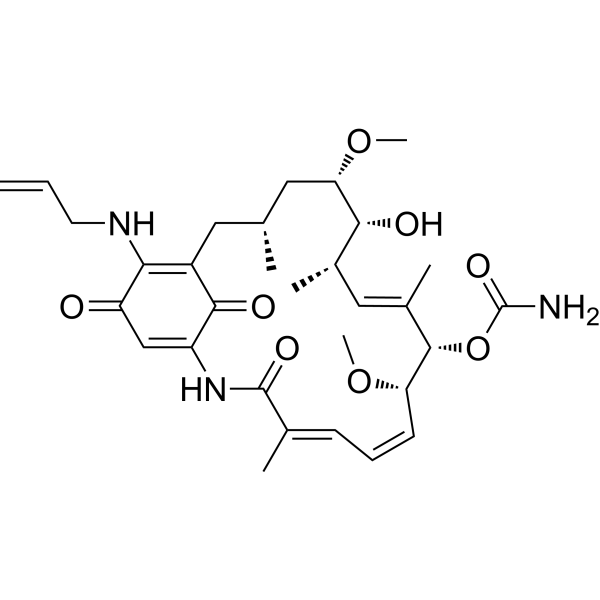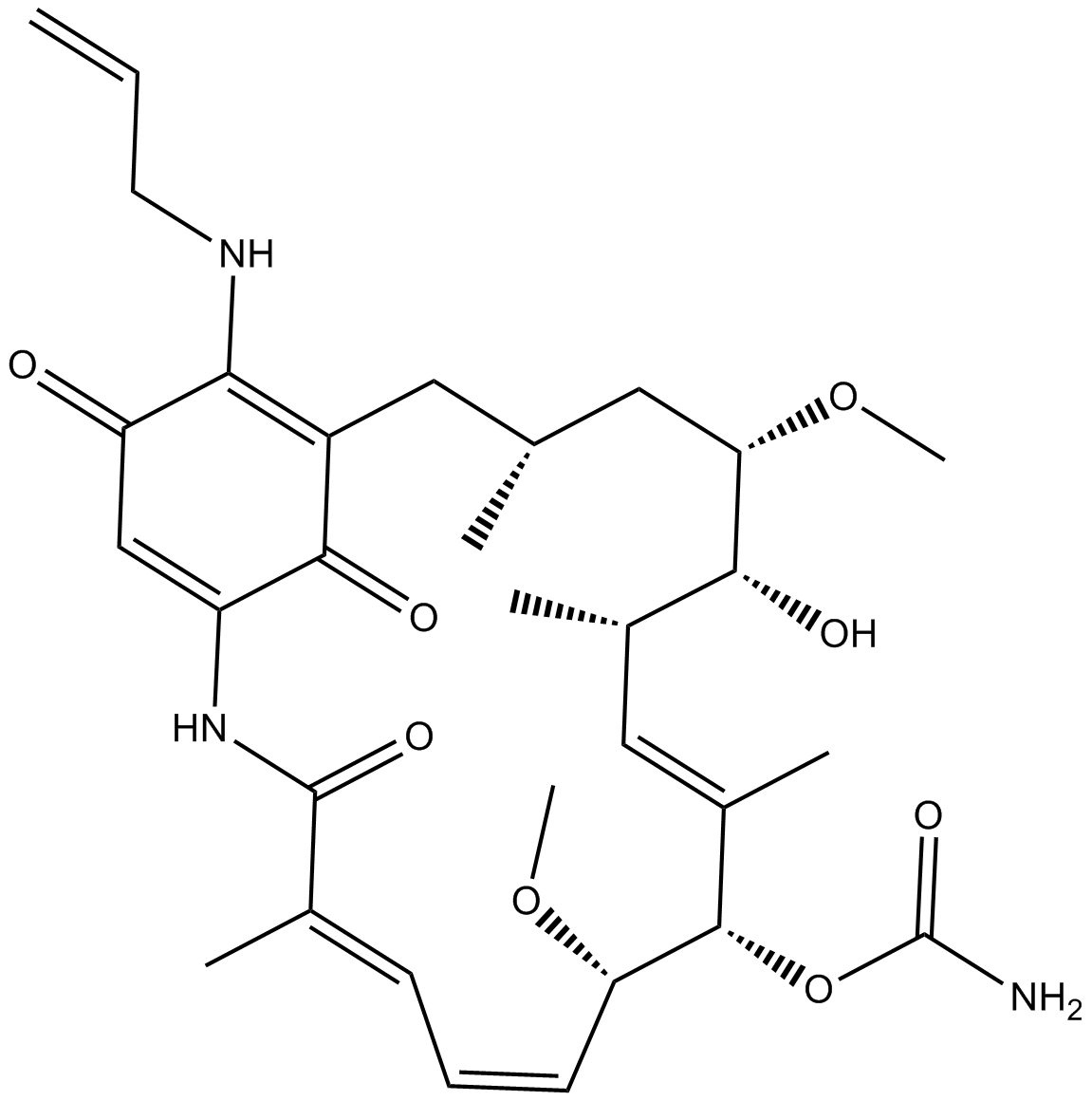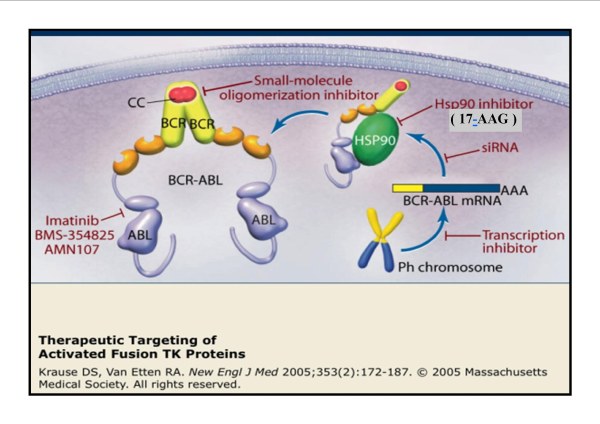
Molecular Stress-inducing Compounds Increase Osteoclast Formation in a Heat Shock Factor 1 Protein-dependent Manner* - Journal of Biological Chemistry

Development of 17-allylamino-17-demethoxygeldanamycin hydroquinone hydrochloride (IPI-504), an anti-cancer agent directed against Hsp90 | PNAS

17-AAG, an Hsp90 inhibitor, ameliorates polyglutamine-mediated motor neuron degeneration | Nature Medicine
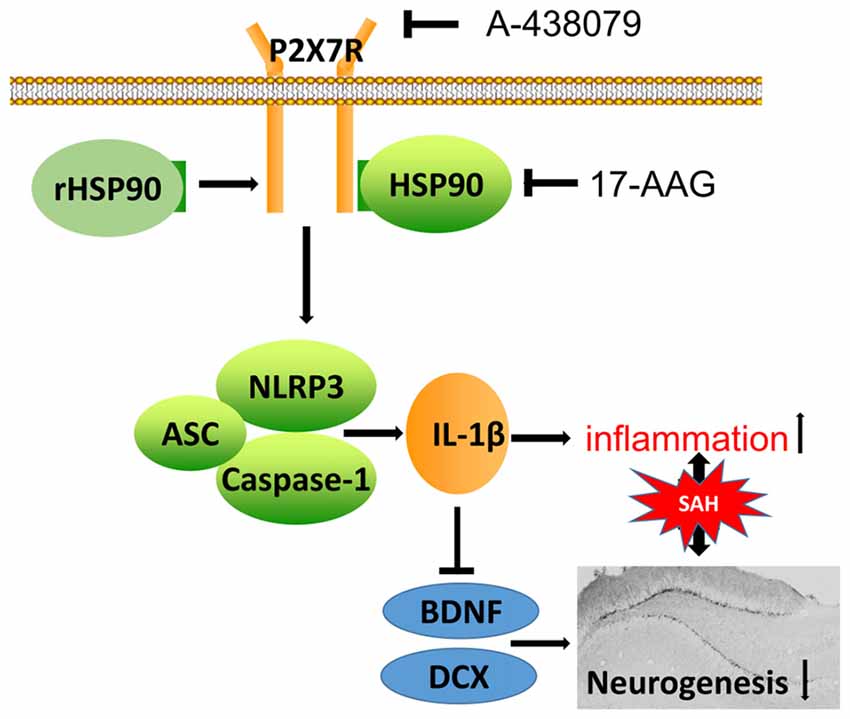
Frontiers | Inhibition of Heat Shock Protein 90 by 17-AAG Reduces Inflammation via P2X7 Receptor/NLRP3 Inflammasome Pathway and Increases Neurogenesis After Subarachnoid Hemorrhage in Mice | Molecular Neuroscience
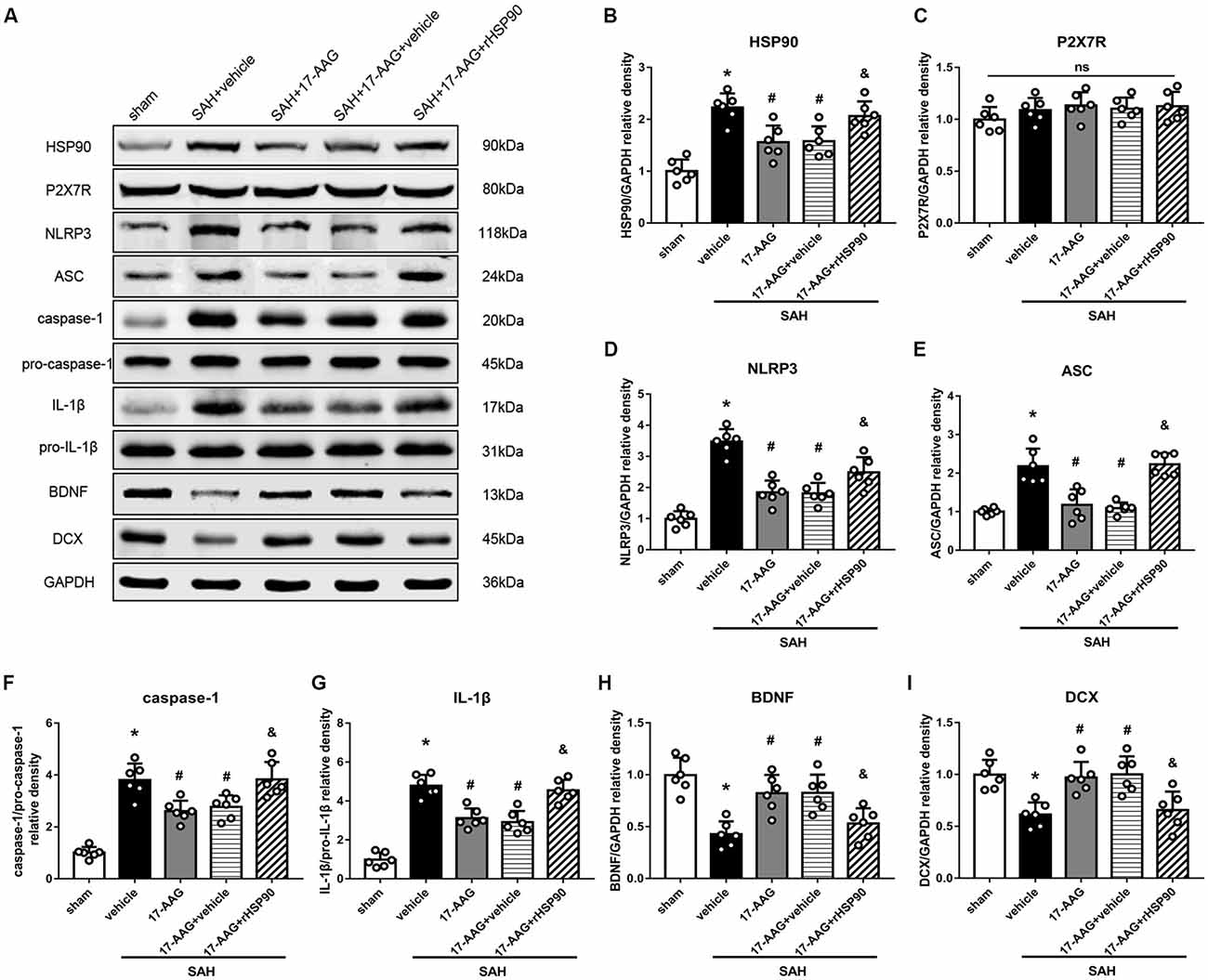
Frontiers | Inhibition of Heat Shock Protein 90 by 17-AAG Reduces Inflammation via P2X7 Receptor/NLRP3 Inflammasome Pathway and Increases Neurogenesis After Subarachnoid Hemorrhage in Mice | Molecular Neuroscience
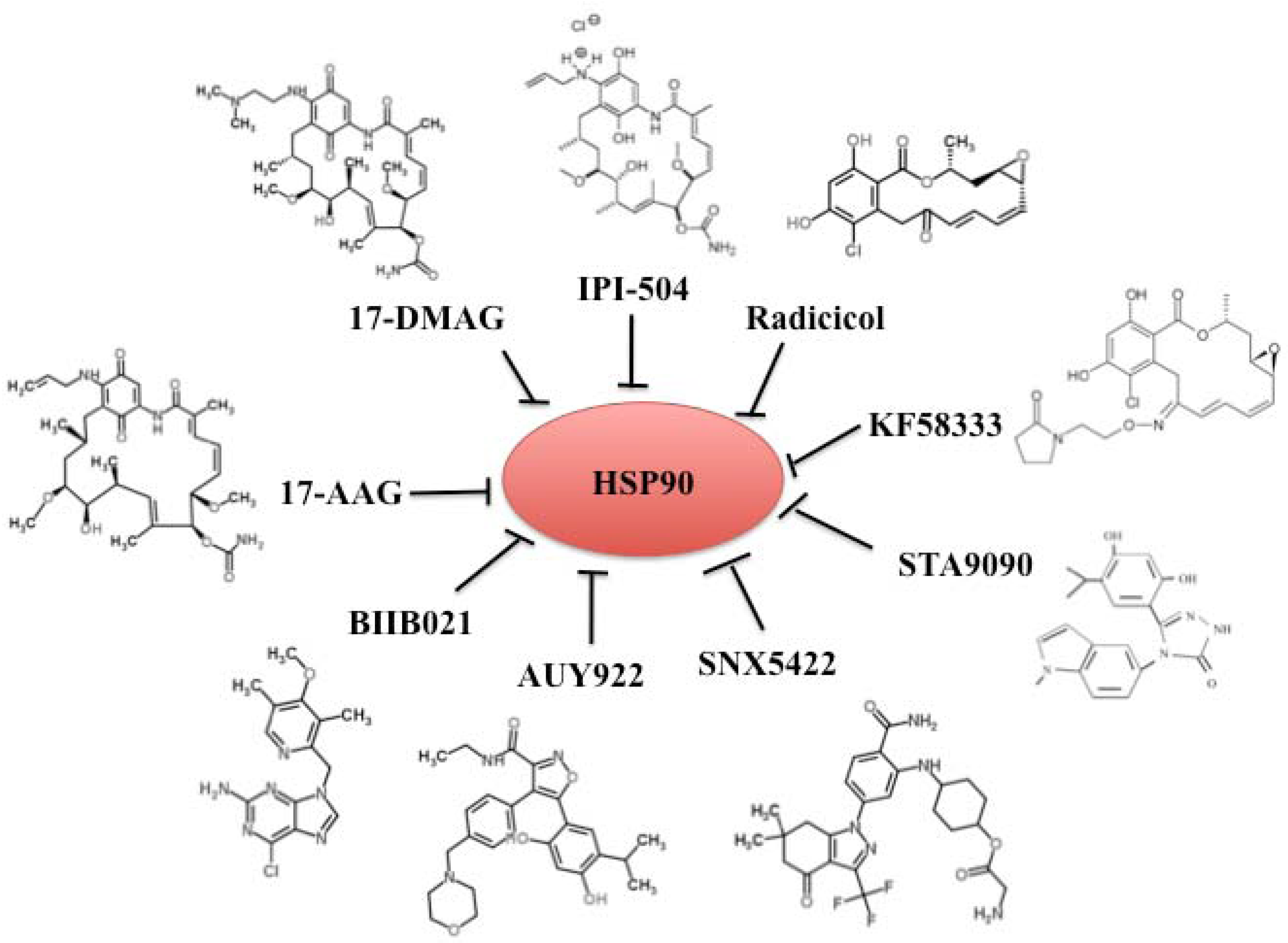
Pharmaceuticals | Free Full-Text | Heat Shock Protein 90 and Role of Its Chemical Inhibitors in Treatment of Hematologic Malignancies | HTML

Hsp90 Chaperone Inhibitor 17-AAG Attenuates Aβ-Induced Synaptic Toxicity and Memory Impairment | Journal of Neuroscience

Spotlight on 17‐AAG as an Hsp90 inhibitor for molecular targeted cancer treatment - Talaei - 2019 - Chemical Biology & Drug Design - Wiley Online Library

Targeting Hsp90 by 17-AAG in leukemia cells: mechanisms for synergistic and antagonistic drug combinations with arsenic trioxide and Ara-C | Leukemia

The HSP90 inhibitor, 17AAG, protects the intestinal stem cell niche and inhibits graft versus host disease development | Oncogene
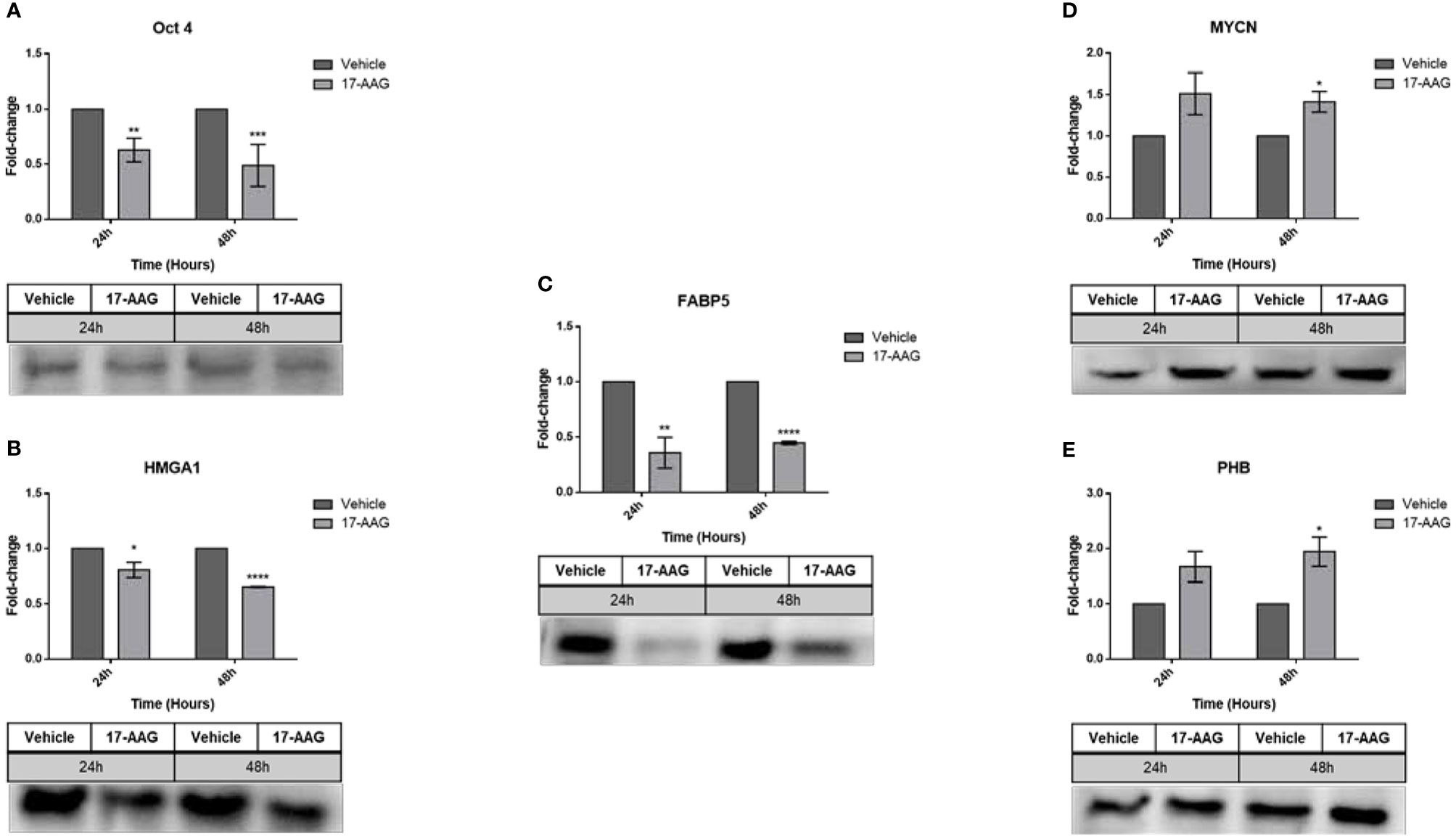
Frontiers | A Novel Mechanism of 17-AAG Therapeutic Efficacy on HSP90 Inhibition in MYCN-Amplified Neuroblastoma Cells | Oncology
The small-molecule kinase inhibitor D11 counteracts 17-AAG-mediated up-regulation of HSP70 in brain cancer cells | PLOS ONE
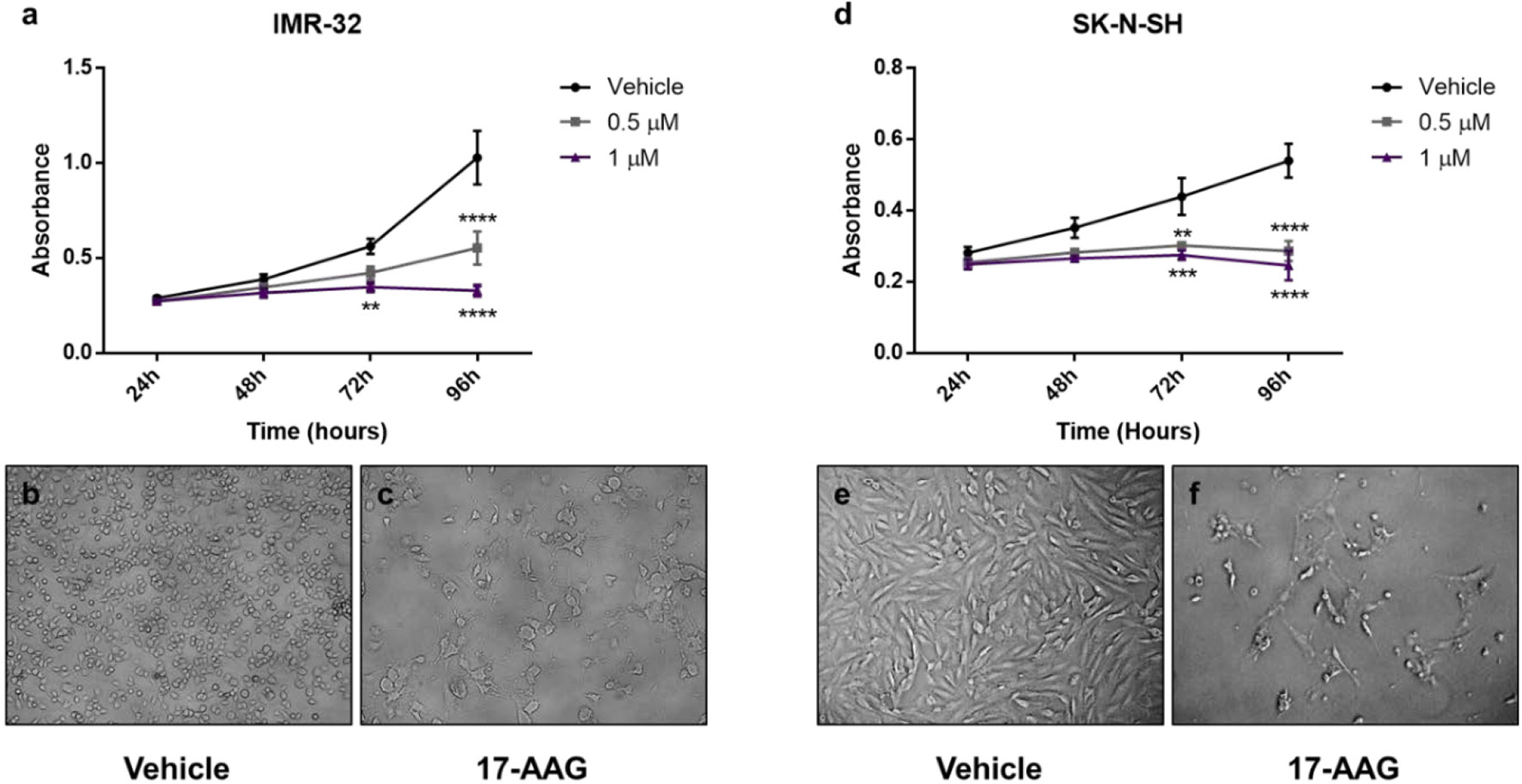
Frontiers | A Novel Mechanism of 17-AAG Therapeutic Efficacy on HSP90 Inhibition in MYCN-Amplified Neuroblastoma Cells | Oncology
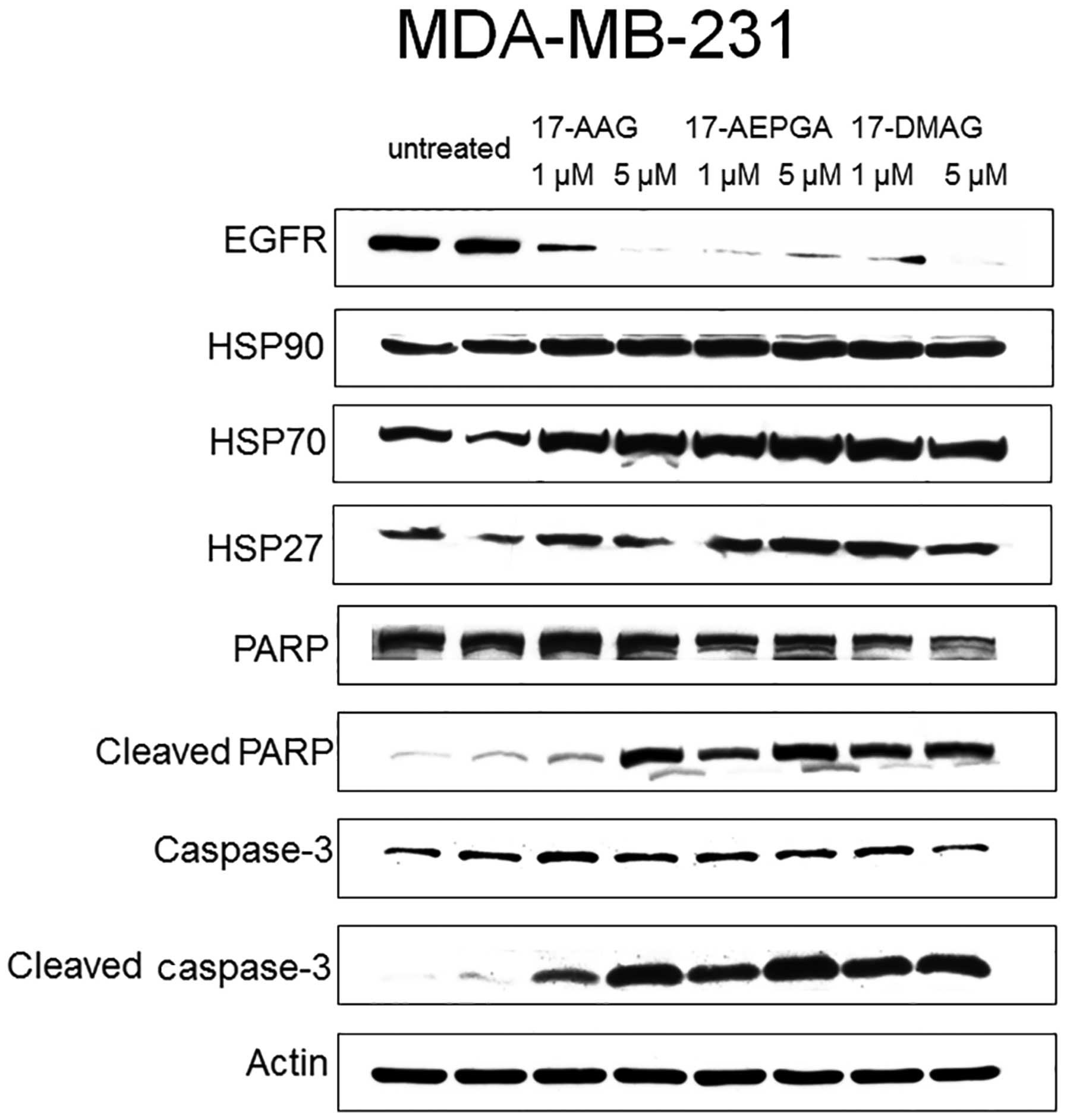
In vitro study comparing the efficacy of the water-soluble HSP90 inhibitors, 17-AEPGA and 17-DMAG, with that of the non‑water-soluble HSP90 inhibitor, 17-AAG, in breast cancer cell lines

Tumor Suppression Efficacy of Heat Shock Protein 90 Inhibitor 17AAG in a Liposarcoma Mouse Model | Anticancer Research
